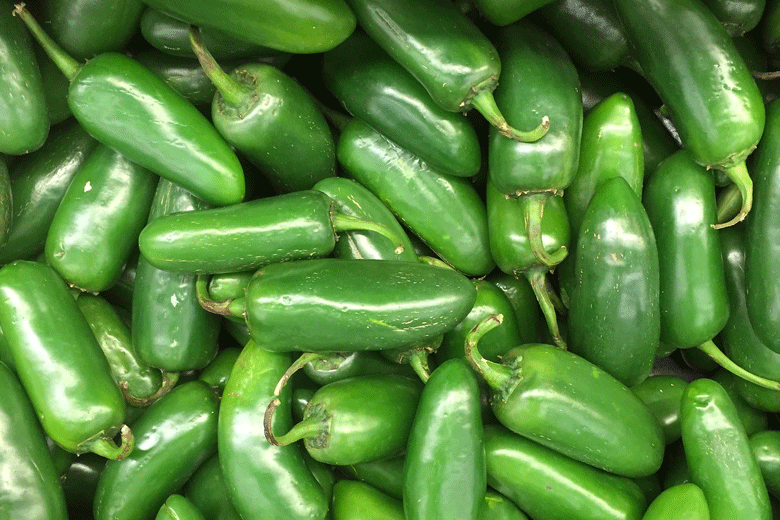Star of Jalapa
Just who doesn’t want to learn more about the Jalapeno, one of the Western world’s favourite Chillies? This post covers some interesting information about this star in the Chilli world.
The Jalapeño gets its name from the Mexican city of Xalapa (aka Jalapa), the capital city of Veracruz. It has been cultivated and used by people in this region for thousands of years, stretching way back to the Inca days. It is used extensively in Mexican cuisine as a vegetable and in pickles. Because of its relatively mild heat, it found its way into the rest of the world and is now enjoyed by millions of people worldwide.
It is used extensively in Mexican cuisine as a vegetable and in pickles. Because of its relatively mild heat, it found its way into the rest of the world and is now enjoyed by millions of people worldwide.
The Jalapeño is a medium-sized Chilli that grows to 2 to 4 inches (5 cm to 10 cm) and has a width of 1 to 1 ½ inches (25 mm to 38 mm). It is usually used when still green , but will turn red, yellow or orange if allowed to ripen.
It has a Scoville rating of 3000 t0 8000 SHU, although particular fruits have been known to be as hot as 10000 SHU. It is a Chilli that falls in Capsicum annuum species.
The firm, juicy flesh of the Jalapeño lends itself particularly well to making dishes in which it is stuffed . It is stuffed with ingredients like cheese, seafood, poultry, and meat. . Examples of recipes in this category include Rellenos, Armadillo eggs and baked Jalapeño poppers.
Armadillo eggs and baked Jalapeño poppers.
While it is fantastic as a fresh ingredient, the Jalapeño is also smoked, pickled, and cooked to further enhance its wonderful flavour. When smoked, it becomes known as a Chipotle. The Chiptole is used in Mexican and Mex-Tex dishes in the USA.
Pickled Jalapeños provide excellent flavouring to dishes like Nachos, Tacos, and Salsas Jalapeño. Jalapeños are also widely used to make pickles like Jalapeno bread and butter pickles, Taquearia style pickled Jalapenos and carrots, and Escabeche. It is also often used to make Guacamole
The Jalapeno can be used as a substitute for Poblano, Fresno, Serrano and Bell peppers. In the case of Bell peppers, the heat will be a lot less.
Image credit: Alice Henneman / CC BY 2.0 / via Flikr

